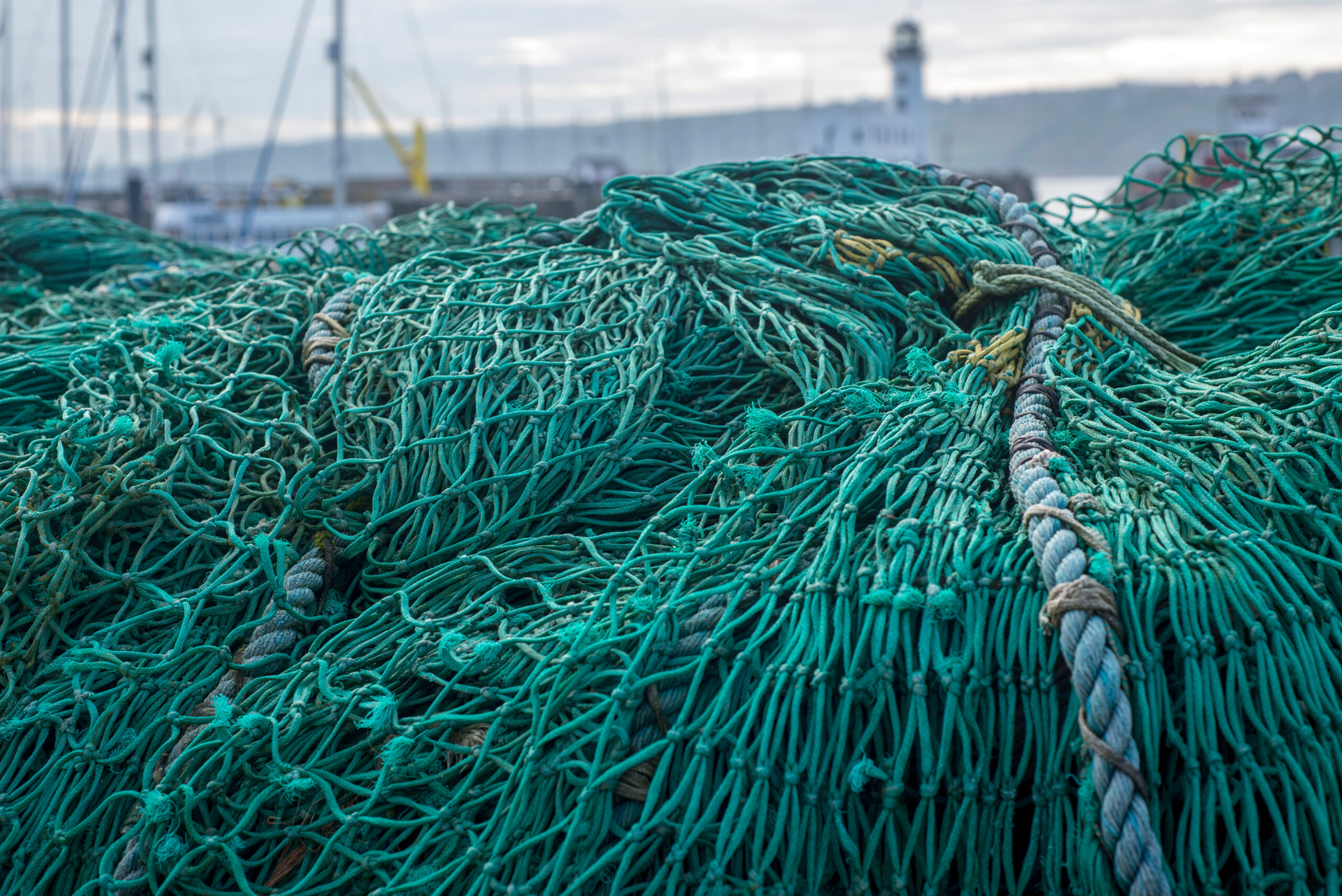Shedding light on a super-powered deep-sea shark
In the depths of Iceland’s frigid waters, scientists have been gathering information about habitats that are critical for a small shark with a surprising super-power. They want to know where a small deep-sea dogfish that lights up like a lantern feeds, breeds and grows. The velvet belly lanternshark belongs to a family of glowing sharks that use photophores (special organs in their skin cells that emit light) to camouflage themselves in the ocean’s depths or attract prey. In the hardest-to-reach depths of the ocean, life operates differently. Bioluminescence – light given off by living creatures – is the main source of illumination here. And although we find this alien world fascinating, we know very little about the animals that inhabit it. With our changing climate, and the reach of fisheries inching ever deeper, scientists are warning that we need to prioritise improving our knowledge of the deep sea – and its sharks – before it’s too late.

Trawl nets found on deep seafishing vessels. Photo © loocmill | Shutterstock
A study published this month in PLoS ONE delved into more than a decade’s worth of research survey trawls to glean insights into the life history of this little shark that is caught as bycatch in many deep Atlantic Ocean fisheries. The scientists wanted to know how many there were, where they live and how they live. They found that the velvet belly lanternshark prefers the (relatively!) warmer waters of Iceland’s southern and western offshore reaches, favouring a very narrow temperature range of between 6.3 and 8°C. In fact, 90% of the sharks were concentrated in a temperature range of just 2°C. Scientists dub this specificity ‘stenothermal’. The sharks’ depth preference is limited too, to between 400 and 500 metres (1,312 and 1,640 feet). These little sharks fill their bellies with fish, crustaceans (the class of ocean life that includes crabs, shrimps and prawns) and cephalopods (octopuses, cuttlefish, squid and the like).
Interestingly, the velvet belly lanternsharks found in Iceland’s waters were bigger than those reported for the north-eastern Atlantic Ocean and the Mediterranean Sea. Females were bigger than males. And females at a late stage of maturity were found along with tiny juveniles in the central southern shelf area, which may be a critical site for breeding.
With almost nothing reported previously for these unusual sharks, every piece of information is important to help manage their populations. As animals and plants around the world start to move with our changing climate, scientists expect that these sharks might migrate northwards if Iceland’s waters become warmer. In addition, any encroachment of fisheries into deeper waters may well put this little dogfish at risk, given that its populations are concentrated in depth and temperature ranges that are narrow. Understanding its life history helps us to better predict its productivity (and resilience), and identifying critical habitats can guide policymakers in carving out protected areas.
